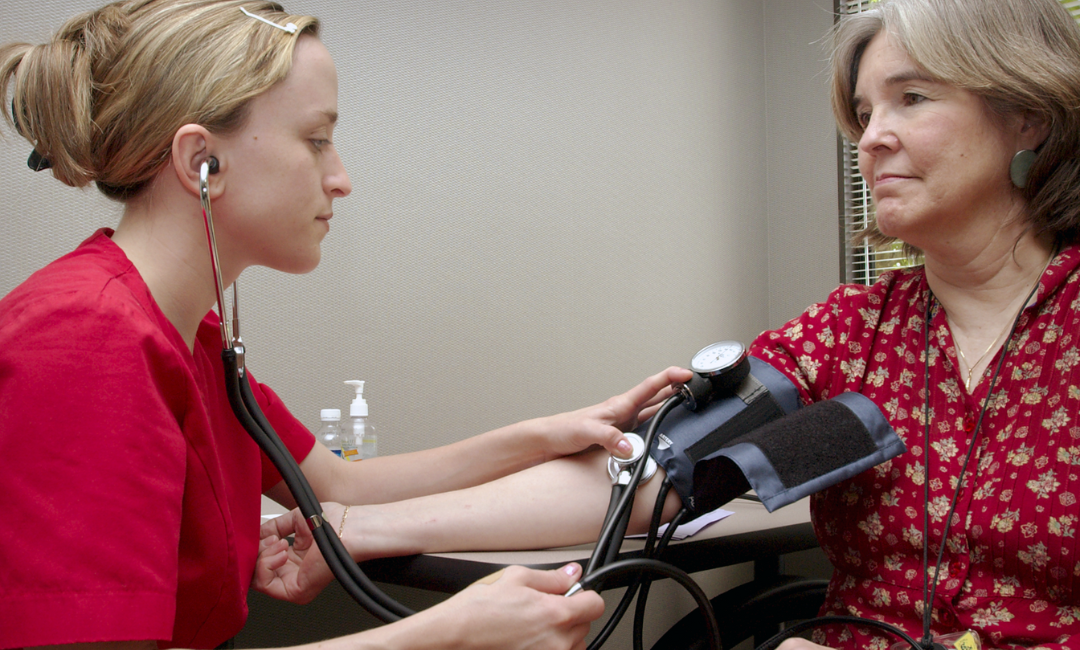Precipitous labor has been defined as the onset of active labor to infant delivery in less than three hours.
One-three births out of nearly 100 births are resultant of precipitous labor.
Unfortunately, there is not a clear explanation for what causes precipitous labor in one pregnant woman compared to another. There have been identified risk factors that could heighten the risk, including:
- Teenage pregnancy
- Previous vaginal deliveries
- Pre-eclampsia
- Preterm Deliveries
- Recreational Drug Use
- Previous precipitous labor
I remember when I started in labor and delivery and being amazed at my seasoned co-workers. These veterans had the ability to perform a visual assessment, make multiple observations; it appeared with that alone, they would already know so much!
They had been in labor and delivery for decades and had an eye for when to place a patient that came in, either into a triage room or directly into a labor room.
At the time, I recall being so eager to learn from such experienced nurses and could not wait to absorb everything they knew. After working in labor and delivery for several years, I finally received my “Aha!” moment.
Initially, I received a call from ER letting me know they were bringing a pregnant patient over that thought her water broke.
As soon as the ER staff brought her through the door, I did a visual assessment, and immediately knew we needed a labor room.
The patient delivered within the next 20 minutes and this moment in my career is still so memorable to me. It gave me validation on how far I had come, compared to the new nurse I once was.









